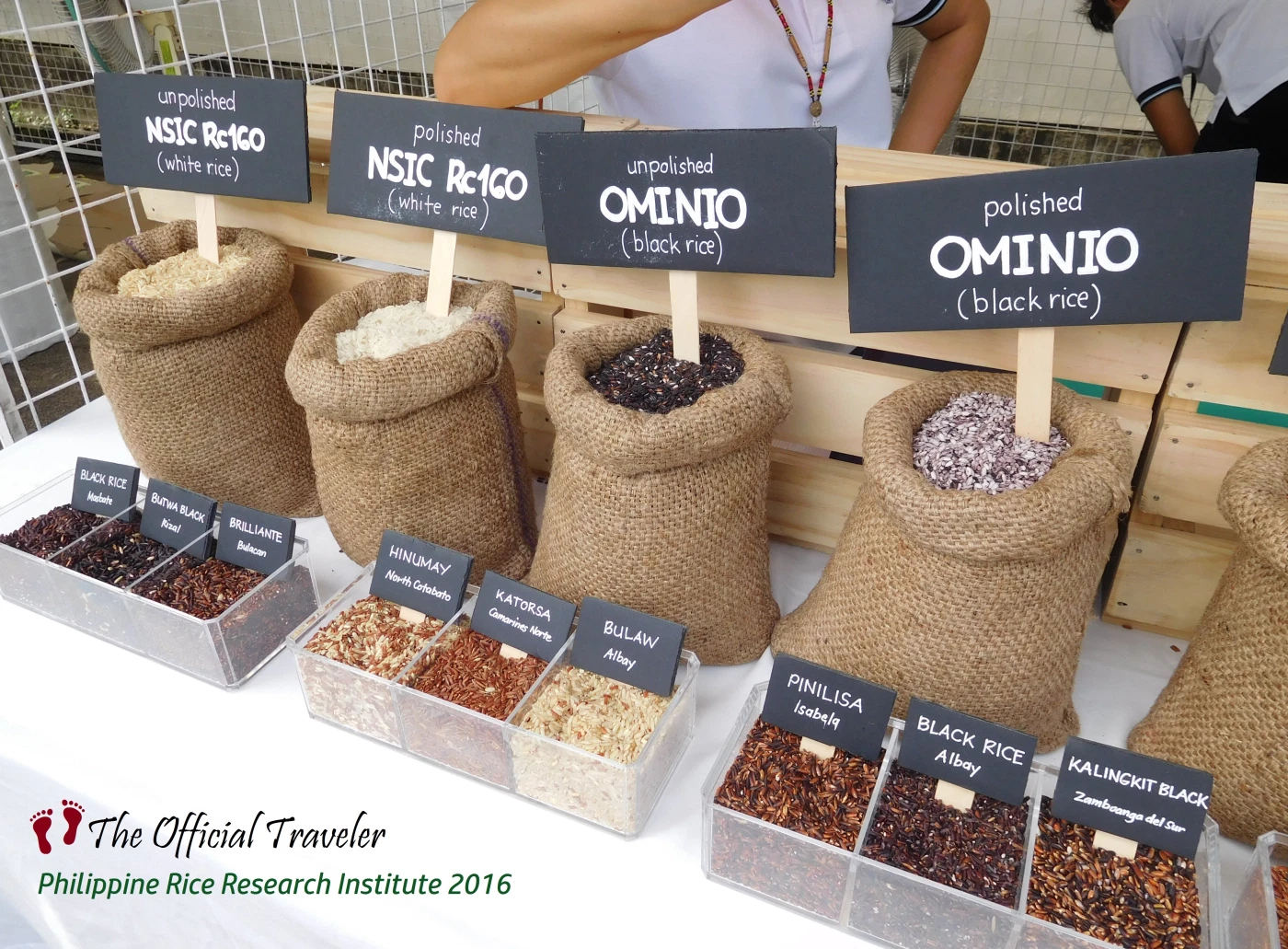A Chinese proverb says that ‘precious things are not pearls and jade but the five grains, of which rice is the finest.’ I am happy to share this post as inspired by the Weekly Photo Challenge: Names.
![DSCN3637[1]_2.jpg](https://pinesinnovations.com/2016/11/dscn36371_2.jpg?w=736)
Rice is not just plain rice! Imagine, they have names and so much value, too. I took this photo few months ago to remind me of how these aromatic and beautiful rice varieties grown in my hometown ended up like these. With my job as a Science Research Specialist at the Socioeconomics Division paved the way for me to embrace a few facts about Oryza sativa (Rice):
There are more than 190,000 varieties of rice in the world, and more than 10,000 varieties being grown in the Philippines. After a farmer plants rice, it takes about 105 days before he can harvest it. The average person consumes an average of 116 kilos of rice per year in the Philippines. Why? Rice is low-fat and high in energy, and you can mix it with just about anything to make a wide variety of tasty nutritious dishes. Ask anyone from any country in the world to tell you their favourite rice recipe and you will get a wide selection, ranging from sushi in Japan to risottos in northern Italy. Undoubtedly, rice is something Filipinos can’t live without.
A Chinese myth tells how, after severe floods, there was nothing to eat and the people were starving. One day, they saw a dog coming across the fields, and hanging onto the dog’s tail were bunches of long yellow seeds. The seeds grew into rice and the people survived. Through time, the demand for rice is growing with the consumption stretching beyond the traditional rice growing areas in Asia. You can also find rice fields in Europe, Latin America and Australia. However, Asia is still the biggest rice producer, accounting for 90% of the world’s production and consumption of rice. Worryingly, however, rice production is currently affected by global climate changes. Global warming is caused by toxic gas emissions in developed countries. There is so much international research being done to find ways to combat this challenge.
Rice needs a good water supply to grow but water is wasted daily all over the world and estimates suggest that most Asian countries will have severe water problems by 2025. Several studies revealed that it takes at least 5000 litres of water to grow a kilo of rice, yet many rice growing areas in Asia and Africa are drought-prone. Scientists need to develop varieties of rice that can withstand sudden heavy rains and compete with weeds. Fortunately, IRRI and PhilRice have been steadily developing rice varieties to address these challenges. To distinguish one from another, plant breeders put names on them and submit to the Philippine Seed Board and/or National Seed Industry Council for proper labeling and quality control.
It was 2013 when I started working at the Philippine Rice Research Institute. I couldn’t believe that it is a little over 4 years now since Day one. My passion to help the farmers even if it is often behind the scenes has taught me to love people and work joyfully. Now it’s time to leave this job and prepare for greater challenges of my new job. Though I’m leaving my workplace, I’d still choose to keep the passion alive. Like those colorful grains with names on them, I’m going to continue growing and will survive.



Lovely photo and post. Thanks for sharing!
LikeLiked by 1 person